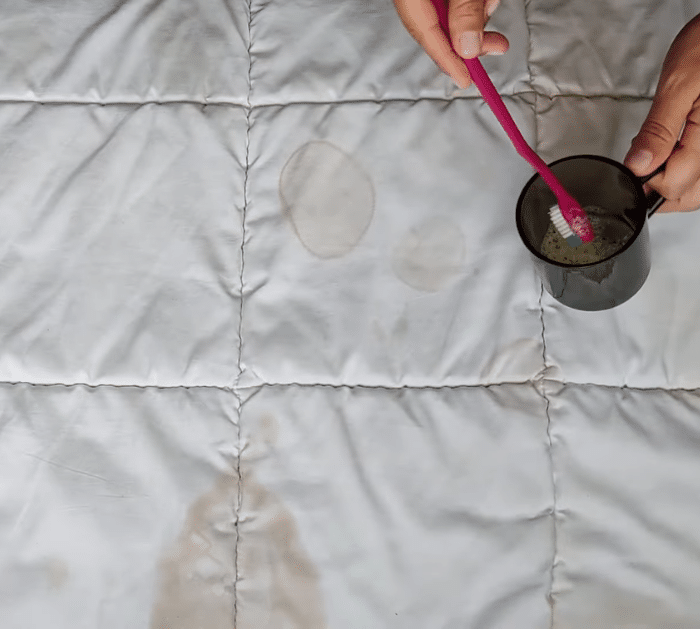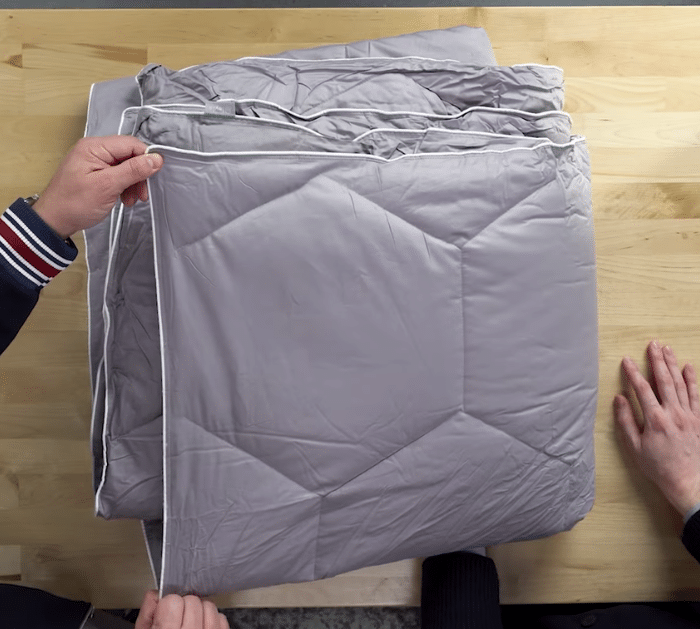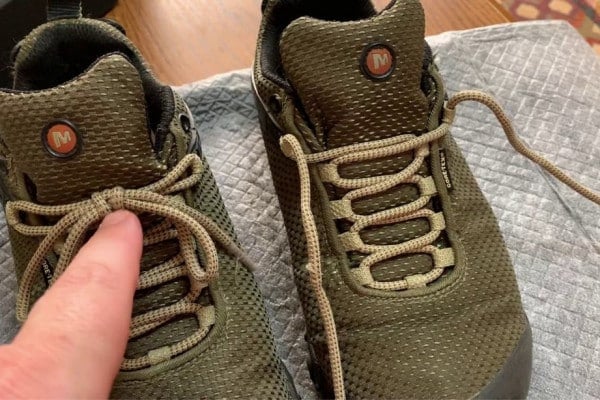
True to its name, a comforter provides comfort and warmth, especially on a cold night or when you’re in a cold room. Using your comforter repeatedly can cause them to collect dirt, sweat, and dead skin which can then cause you to feel itchy or have acne problems.
RELATED: Easy Trick To Wear Duvet Cover Quickly
To solve or prevent this common problem in a simple way, all you have to do is make sure to wash and clean your comforter consistently and properly. However, this can be hard if you don’t know the right products to use or steps to take, which is why How to House on YouTube is here to help you.
Steps in Washing a Comforter Properly:
- Pre-treat the Stain
- Use the Right Washing Machine
- Washing in the Machine
- Drying the Comforter
- Air-Drying Method
- Folding the Comforter
How to Wash a Comforter Properly:
Step 1: Pre-treat the Stain
Use a gentle stain remover or a mixture of water and mild detergent to pre-treat a stubborn stain, simply apply the solution directly to the stain, then gently rub it in with a soft brush or cloth, and allow it to sit for a few minutes before washing.
Step 2: Use the Right Washing Machine
Comforters can be bulky when wet, so use a washing machine that’s large enough to accommodate the comforter. Avoid using bleach or harsh chemicals as they can damage delicate materials and affect the comforter’s insulation properties. Opt for a detergent that’s specifically formulated for bedding or sensitive skin if you have allergies.
Step 3: Washing in the Machine
Wash the comforter in cold water or a gentle cycle, it is effective in removing dirt and stains while minimizing the risk of color fading or bleeding. If the comforter is heavily soiled or dirty, then you can add an extra rinse cycle to ensure thorough cleaning.
Step 4: Drying the Comforter
After washing, remove the comforter from the washing machine and carefully transfer it to the dryer, then use a low heat setting to dry the comforter as high heat can damage delicate fabrics and cause shrinking. To help fluff it up and prevent clumping, add a couple of clean tennis balls or dryer balls to the dryer.
Step 5: Air-Drying Method
For down or wool-filled comforters, air drying can help maintain their loft and insulation properties. Lay the comforter flat on a clean and dry surface, then hang it outdoors on a clothesline, and let it dry thoroughly. Avoid exposing it to direct sunlight for an extended period to prevent fading and damage.
Step 6: Folding the Comforter
Once the comforter is completely dry, fluff it up by gently shaking and patting it to redistribute the filling evenly, then fold the comforter neatly, and store it in a dry and well-ventilated area.
*All image credit belongs to How to House via YouTube. Follow and subscribe to his channel for more!







